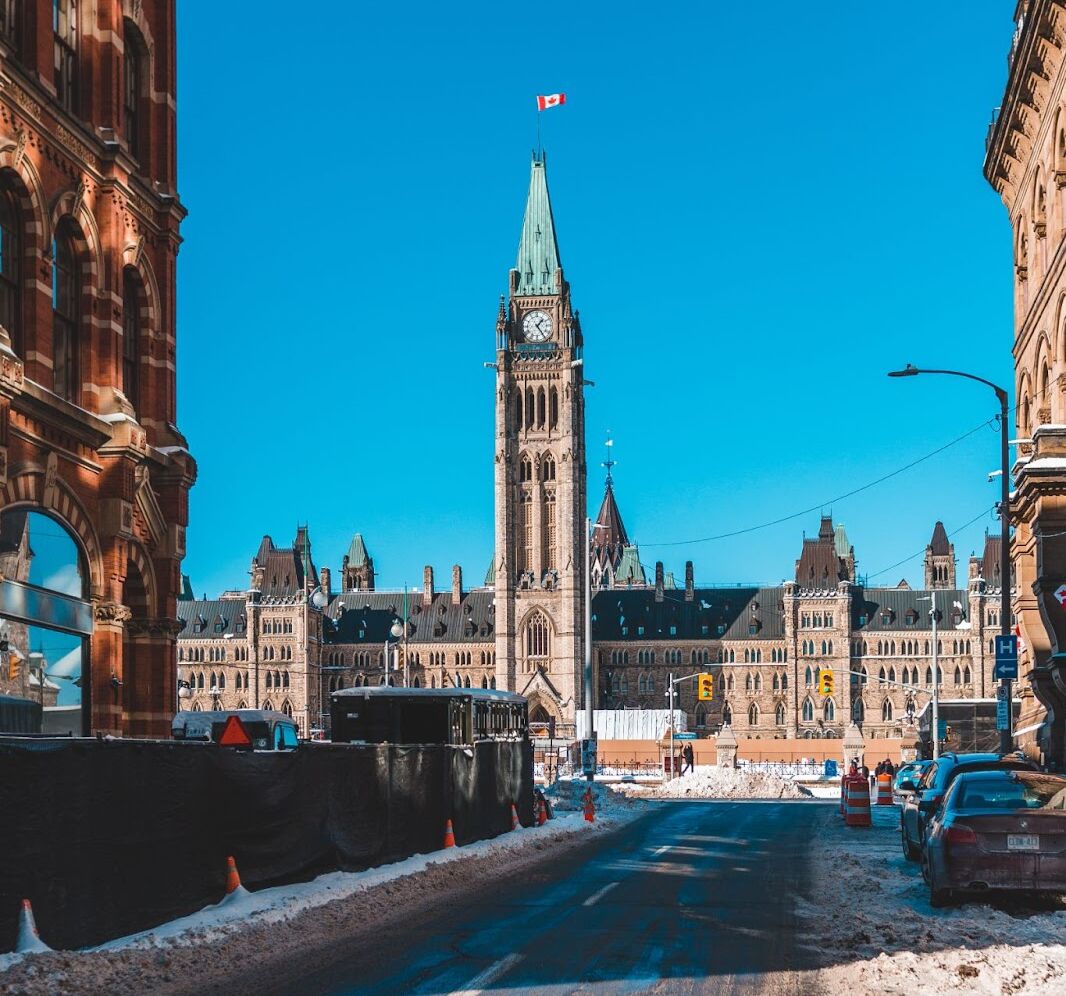Disbursement quota hike to 5 per cent given royal assent, now law
Why It Matters
The disbursement quota governs the amount of money foundations must spend on charitable activities and flow to communities each year. The raise in the rate will mean more money for community service organizations moving forward.
 (Photo: Eric Mclean/Unsplash)
(Photo: Eric Mclean/Unsplash)
This journalism is made possible by the Future of Good editorial fellowship covering the social impact world’s rapidly changing funding models, supported by Future of Good, Community Foundations of Canada, and United Way Centraide Canada. See our editorial ethics and standards here.
For a cohort of philanthropic sector advocates, the holiday season just got a little brighter.
Last Thursday, the Fall Economic Statement Implementation Act, 2022 was given royal assent, making law, a change promised in Federal Budget 2022, to raise the disbursement quota for large charities and foundations.
The change introduces a graduated rate to the disbursement quota calculation, requiring large foundations and charities to get money out and into the charitable sector faster.
Beginning in 2023, the DQ rate will be boosted from 3.5 per cent to 5 per cent for foundation’s assets not used for charitable activities that are beyond the $1 million threshold. (This “graduated” approach is also used in income tax calculations, where, for instance, the government applies a 15 per cent tax rate to your first $50,000 in earnings, and then applies a 20.5 per cent rate to your earnings between $50,000 and $100,000.)
The boosted DQ rate will result in a considerable amount of new money for the social sector. GIV3, a charity that promotes philanthropy, has estimated that it will result in about $1 billion in additional dollars each year. Imagine Canada, a charity advocacy group, has estimated a $200 million per year boost.
It also changes rates that were in place for nearly two decades.
The policy change is a win for a large and vocal group of sector advocates who, during the pandemic, urged the federal government to raise the rate.
The advocacy first began in earnest, with a voluntary pledge.
A month into the pandemic, facing a beleaguered social sector, a group of concerned philanthropic sector leaders came together to urge their peers to sign on to disburse at least five per cent of their assets in 2020.
After webinars, emails and appeals, 69 foundations ultimately signed the “Give5” pledge.
Over the following year, the pressure intensified, with op-eds on the topic in major Canadian newspapers and independent policy outlets alike.
In the Financial Post, in February 2021, John Hallward, founder of charity GIV3, pushed the government to address a growing “charity gap,” noting that, while, over the last decade, foundation assets have more than doubled, charitable spending had dropped as a percentage of total assets.
In March 2021, Yonis Hassan, CEO of the Justice Fund, too, penned a piece for First Policy Response, calling on the government to boost the DQ rate to ten per cent and to introduce a mandatory “spend down” requirement for all new foundations, bucking the long-held norm of philanthropic perpetuity.
In April 2021, the federal government responded to the pressure, announcing, as part of federal Budget 2021, they would consult the charitable sector on “potentially increasing” the disbursement quota.
This kicked off a fresh round of debate.
Philanthropic Foundations of Canada, the member network of private and public foundations in Canada, consulted extensively with their members on whether the DQ should be boosted, ultimately recommending the government increase the disbursement quota to five percent.
Imagine Canada, a charity sector advocacy organization, too, called on the government to boost the rate, after initially expressing uncertainty about the value of a rate increase. They called for a graduated rate, topping out at about 7 per cent for the largest foundations.
Yet, not all organizations were clearly onside with a DQ rate hike.
The federal advisory committee to the charitable sector, a government-appointed body, did not call for a DQ increase in their federal submission on the topic, nor did the Canadian Association of Gift Planners or the Canadian Bar Association.
A group of nine community foundations, too, including the Vancouver Foundation, Winnipeg Foundation, Hamilton Community Foundation and Calgary Foundation called on the government to keep the DQ rate at 3.5 per cent for all endowed funds (the bread and butter of community foundations). This group encouraged the government to, instead, create a second, higher DQ rate for non-endowment gifts (all other forms of charitable giving.)
In doing so, these nine community foundations differed from the recommendations offered by their membership association, Community Foundations of Canada, which called on the government to implement a for a “meaningful” boost to the DQ and questioned the primacy of the “perpetual endowment” model. (This difference of opinions ultimately led one of these community foundations, the Calgary Foundation, to leave CFC.)
To round out the dramatic campaigning, one group also brought their disbursement quota advocacy to the streets.
One month before the federal consultation period closed, Yonis Hassan and his team at the Justice Fund hosted a protest on the subject, parking a shrink-wrapped tractor trailer in front of Toronto’s City Hall, which accused the country’s foundations of “hoarding” over $85 billion in philanthropic wealth. (New data from the Canada Revenue Agency shows that figure has continued to grow, topping more than $132 billion in 2021.)
In April 2022, in Federal Budget 2022, the government made its decision, announcing the creation of a “graduated” DQ boost: shifting the rate from 3.5 per cent to 5 per cent for foundation’s assets over the $1 million threshold.
“This new, higher rate will boost support for the charitable sector while being set at a level that is sustainable, ensuring the continued availability of funding over the longer term,” the budget document says.
Editor’s note: This story has been updated to include GIV3’s estimate of the amount of money the increased disbursement quota will move to charities. It previously only included Imagine Canada’s estimate.
